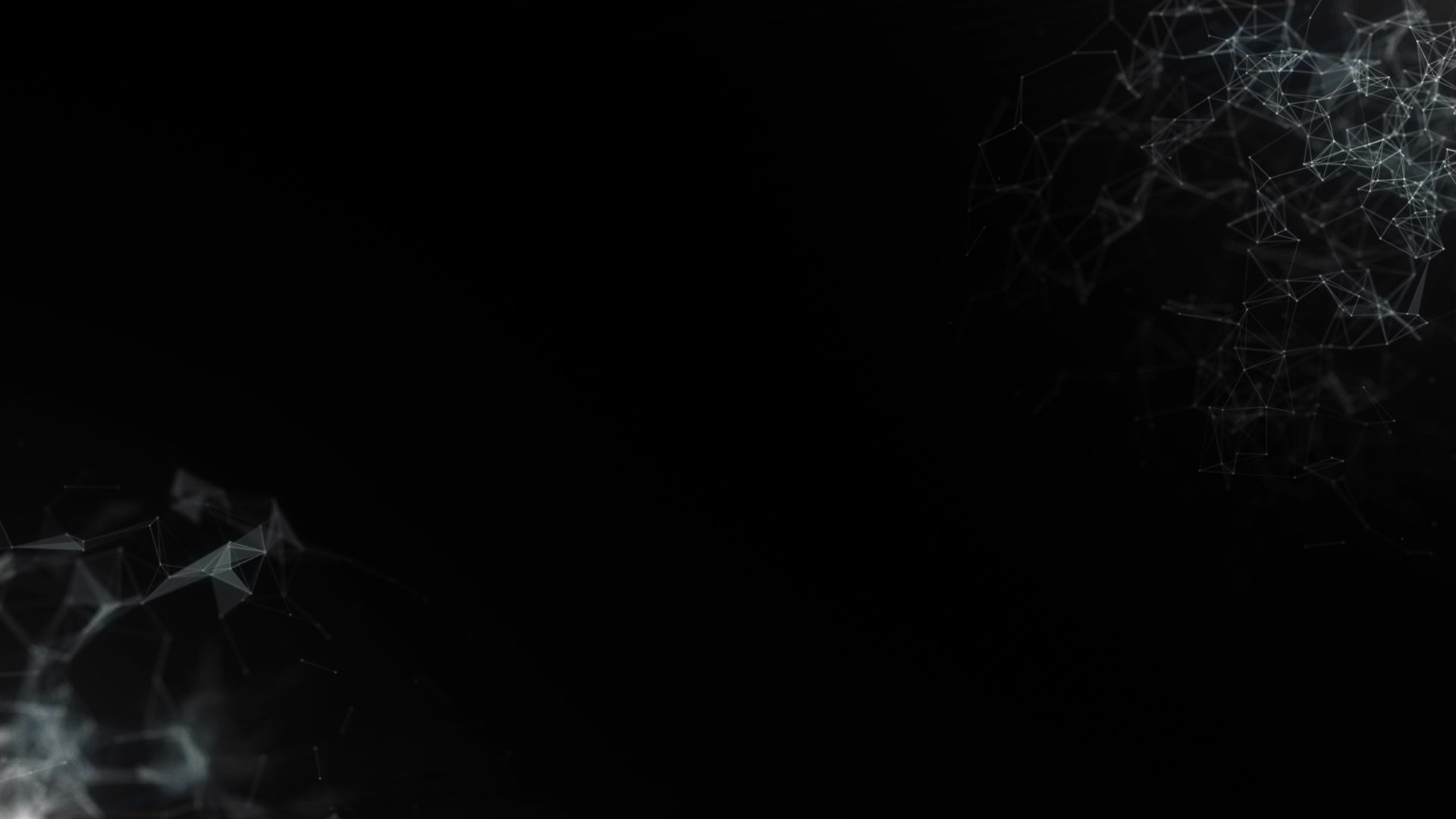Wild Western Wagon
- Dan Dale-Tucker
- Dec 15, 2015
- 3 min read

This is the creation of my wagon from start to finish, showing you the lead up to and how I started modelling, to mapping and to texturing the wagon.

To start creating the wagon I started off with a cylinder rotated it 90 degrees, I then extruded the outer faces and deleted the inner part of the cylinder. To bridge them together I used their bridge tool closing the gap and the resized the whole wheel to a respectable size.

The next part for my wheel was to add spokes to it. I did this by getting a cube and using the extrude tool to bring it out and making it longer so that it reached the ends. I also made the base of the spoke thicker and get thinner. For the middle of the wheel I used another cylinder, made it small and added a bevel around the edges, I then duplicated it and make its duplicates smaller also it gave the whole thing a bit more depth.

Once the wheel was finished and I was happy with it I then started to create the base of my wagon. I started with a cube and increased the size length was by at least 2x then just the width by a little. I then used the extrude tool to create the wagon bed, I also indented the sides slightly too. To create the strut this gives the wagon a better look and a realistic feel to it. I made one to start with and will duplicate them once I have done the UV Mapping. I then created the wagon bow, I started with a cube and resized it to fit the sides of the wagon, I then extruded it upwards and at an angle to create the arch. The next part that I created was the vase of the cart, this was all created by using cubes and extruding them out and rotating them in some areas.

Once the base of the cart was complete i moved onto creating the canvas part of the wagon. I started by creating a plane and sizing it so it fit over the wagon and a little bit more so that i could manipulate it however I wanted. I then shaped the canvas to fit the bow of the wagon and then extruded it slightly to give it some thickness. I the re-shaped it slightly to give a more realistic look to the canvas itself.

Once I had modelled the whole of the wagon I then went and UV mapped the wheel. I used a cylindrical map to map the inner and outer part of the wheel and then used the planner map to map everything else, changing the orientation of it each time.

As I had three maps to use, I created my 3rd map and used it to map the canvas, the under part of the wagon, the parts at the front and the logs in the wagon itself. I only used the cylindrical map to map the logs in the wagon and used the planar map for everything else.

The final part of texturing I had to do was all the wooden parts of the model like the main frame, the chairs, the logs, the wooden struts and the wooden frames. I did this so it will be easier to texture when it comes to it. To map it I used planar mapping.

This is the texture map for my wheel, I used the same wood throughout to keep the wheel looking clean and natural. I gave some of the texture a black outline, this makes it stand out and separate from the other objects like the spikes and the centre.

This is the second map that I textured and this was for the wooden parts of my wagon. I used a couple different wood textures to make it look different and diverse. I added black lines to the wood to make it look planked and different compared to the rest.

The last map that I have done is the wagons canvas and the rope that holds it together. I used a dirty material for the canvas making it looked used and more realistic.

Once the maps were textured I then added them to the model in Maya using a blinn and linking all the maps to it.

This is the final model of my wagon with the maps and textures added. I deleted the history, freezed the transformation and centred the pivot.












Comments